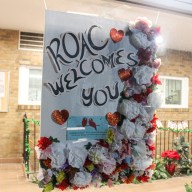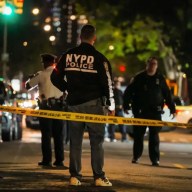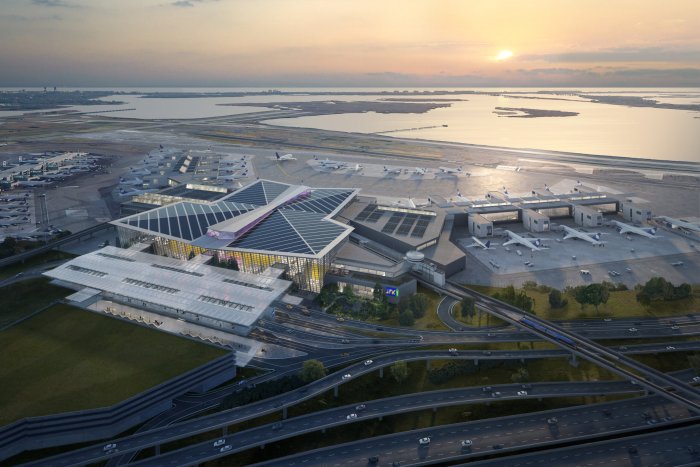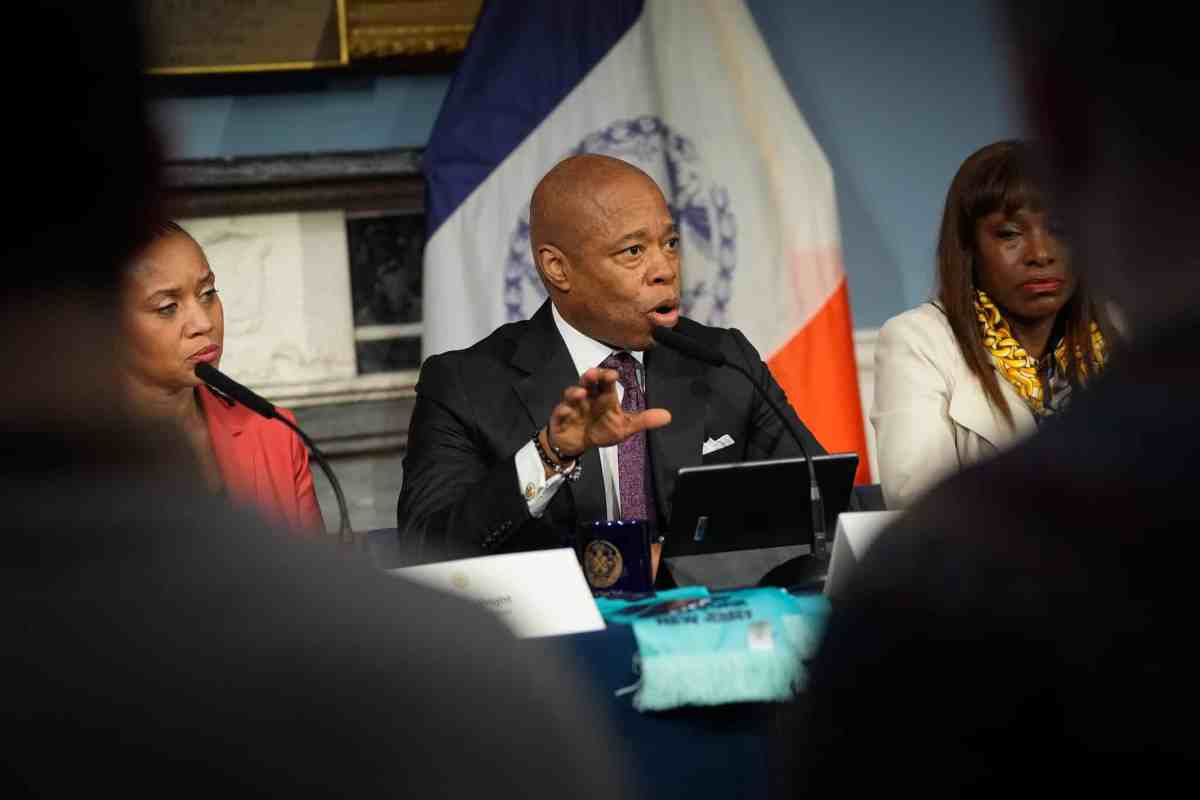By Brian Wills
Summer is coming. For northeast Queens residents, this used to mean enjoying time with family, playing sports, biking and walking near Kissena Park or Little Neck Bay. But for the past three years it has meant isolating oneself inside, jamming the windows shut and waiting for a reprieve from a new, low altitude flight route that has inundated the area with hundreds of planes per day.
It goes on all summer long, without a peep from some of our local politicians or media. It’s the sort of pollution – and it is very much pollution – that can permanently change a community. And that is what will happen this summer, if conditions remain unchanged.
For the past three years, many of us have been told that in order for our city to compete and remain economically viable we must double our air traffic at both airports. We hear these sorts of statements at the aviation roundtable and from billionaire activists through the media outlets that they own. Mostly, we hear it from the city Economic Development Corporation, whose members are supported by the same tax base that is being jettisoned from Queens by aviation industry expansion.
We are told that NYC has become dependent upon tourism and real estate for its very existence, and that we must enhance our air transportation. We must cram in as many planes as possible into the existing infrastructure, change routes and abandon noise mitigation of any kind. We must do it, we are told, regardless of the environmental impact, because our economic future depends on it.
Almost unnoticed, the aviation industry has expanded and consumed whole neighborhoods in Queens. Through a seldom used loophole, FAA lawyers were granted an exemption from environmental and health studies that would have incorporated noise and air pollution mitigation. Without the studies, components of FAA initiatives like NextGen and Airspace Redesign have been implemented at will, wherever and however they please, without regard for public health.
In northeast Queens, the “TNNIS” route replaced three noise mitigation routes that had reached an altitude of 2,500 feet before passing over a single residence. TNNIS, by contrast, passes over 240,000 residents before reaching that same altitude.
TNNIS was the first of several major changes implemented on behalf of New York’s real estate and tourism industries. It was aimed at condensing the New York airspace in order to pack in as many planes – and people – as possible. And we need to pack in as many planes as possible, we’re told, because, aside from tourism, our city has no other industries left. We must pack in the tourists and keep the luxury condos full, and we need this new route to do it. So TNNIS rages on, its usage ever increasing. On a map, the route looks like a concentrated trail of exhaust fumes spewing from an old muffler, plane after pane after plane. To me, TNNIS is the exhaust pipe of hyper gentrification.
TNNIS has thrown communities and families into chaos. Homes are for sale everywhere and the professionals that anchored the area for decades are leaving. Kids can’t hear their teachers and doctors can’t get a proper blood pressure reading from their patients. The area is becoming unlivable. Flushing, a 400-year old town with roots in the religious freedom movement on which the country was based, is being sacrificed. It may ultimately be absorbed by the aviation industry.
We’ll find out this summer.
Brian Wills
East Flushing

























